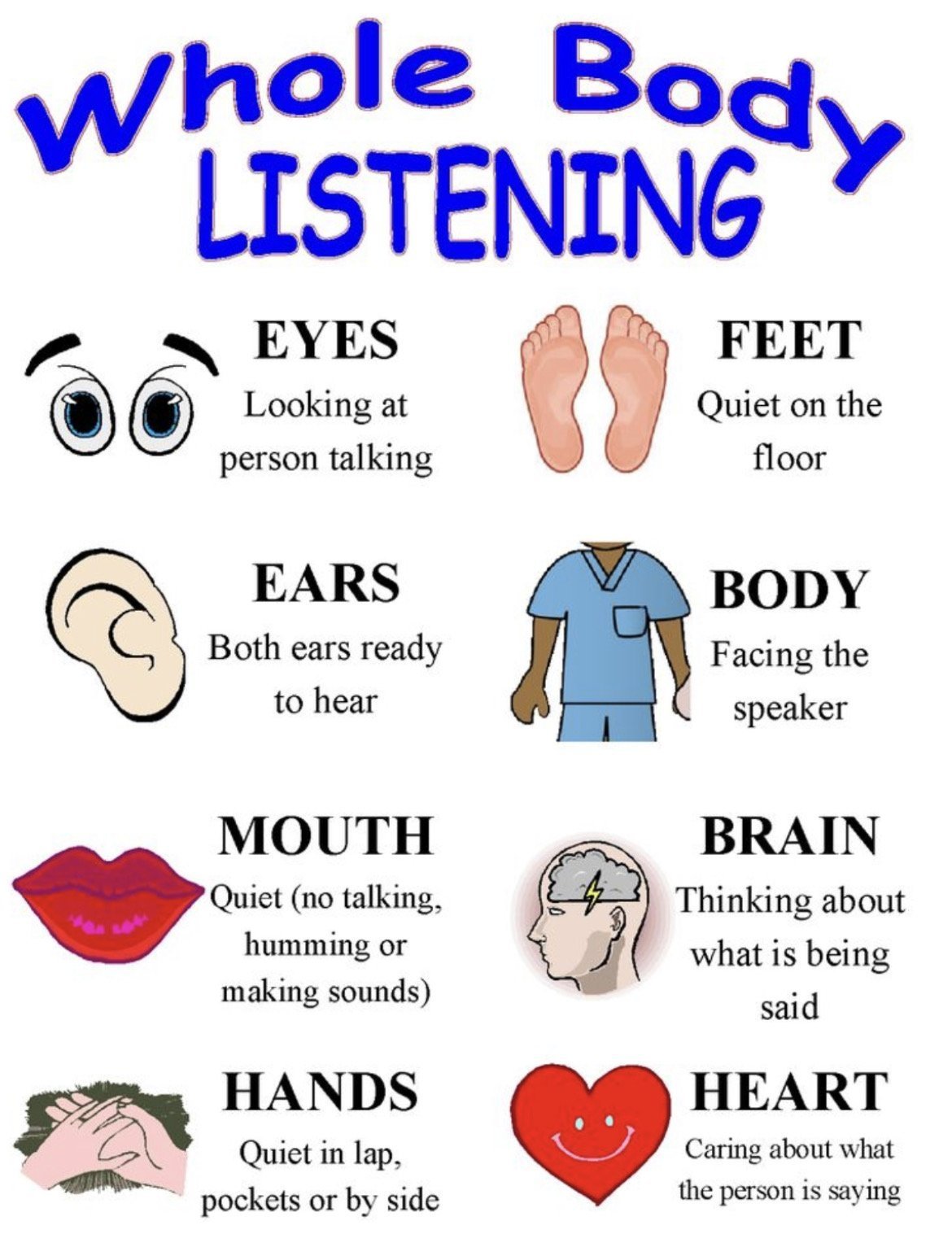By Nathan Weber, PM Teacher
Communication and expression can be tricky for young children. When children need support expressing their ideas or emotions in play, teachers might suggest words to help them. If friends are having trouble sharing, we can offer words like, “Can I have it when you’re done,” or “I’m still using this, I will give it to you when I’m done.” Sometimes taking a pause from an argument that has become a yelling match can be a way for children to rethink what they are saying. So rather than saying, “No” over and over, the friend can be more specific, “I don’t like when you do X, or “I’m not playing that game anymore.” At other times, teachers try and get friends to “check in” after a conflict to repair the relationship. But sometimes friends are not hearing messages.
For example, during a conflict sometimes a friend is not hearing the message. This can lead to frustration or anger from the child being ignored. When messages are not being received, we remind friends to stop, look and listen with their whole body. We might call it “checking in” to put the emphasis on caring about others, particularly if someone is hurt physically or emotionally. Helping to get a special lovey or an ice pack can show that you care. Checking in is a great practice to help children develop empathy, language around reconciliation, and to take responsibilities for their actions. Listening requires your ears, your brain, and your heart. We often see play resume quickly after the relationship is repaired this way, especially when adults acknowledge the kindness shown by checking in with friends. Below is a visual cue we use to remind children about whole body listening.
Whole body listening and checking in helps children learn how to give messages to others, as well as receive messages from friends and teachers. Communication is important for successful play for children. While verbal communication is used most frequently, non-verbal communication can also benefit children who are working on their speech and language. They can use non-verbal messages to express themselves such as a thumbs up or down, a growl, or covering their ears. These are all messages that can be understood and used to communicate when words are tricky. For young children, whole body listening may also include understanding non-verbal cues and expressions when their friends are not able to communicate verbally.


